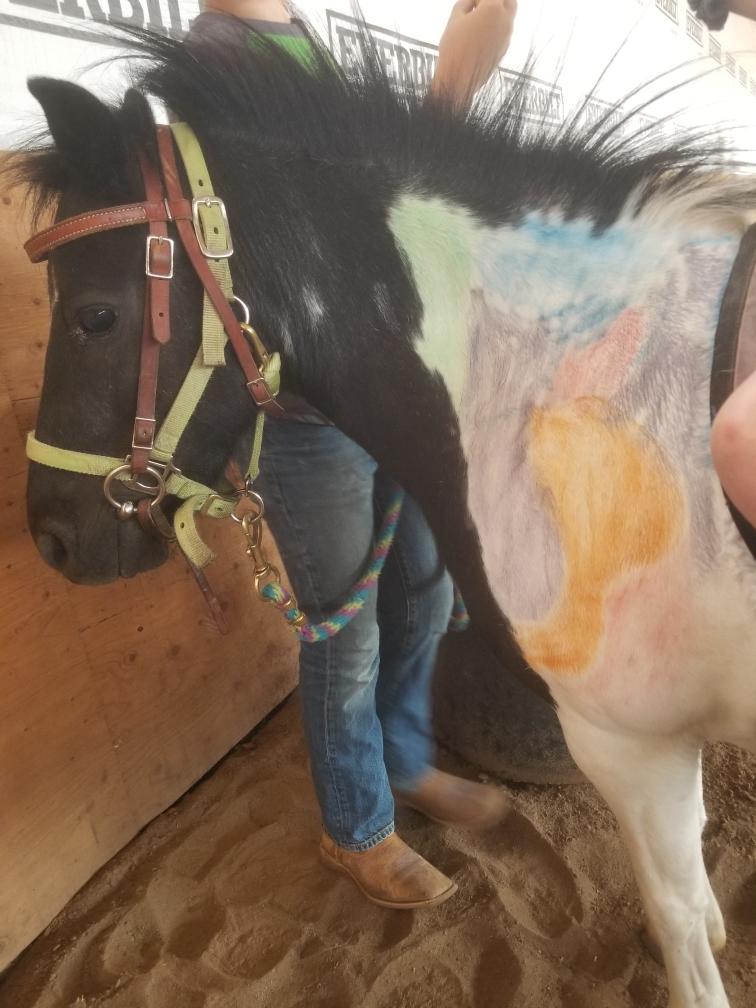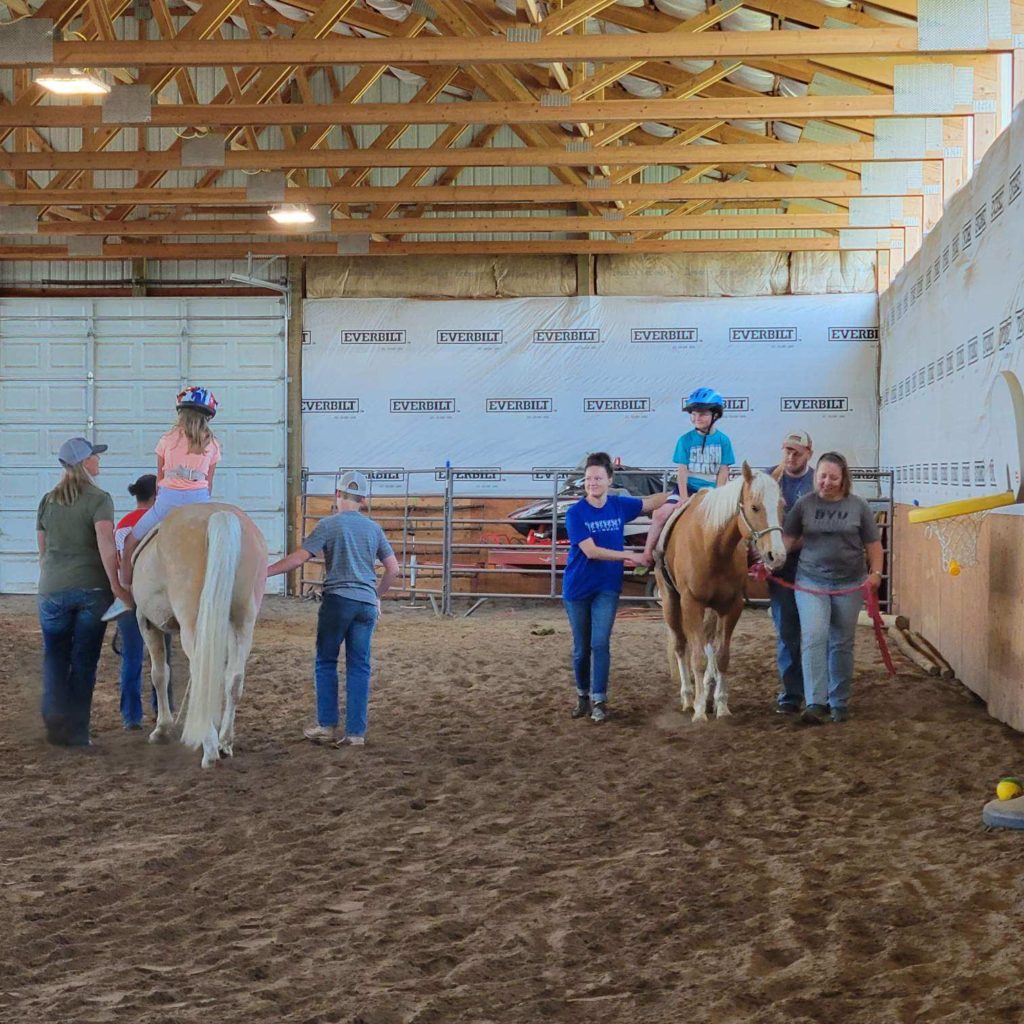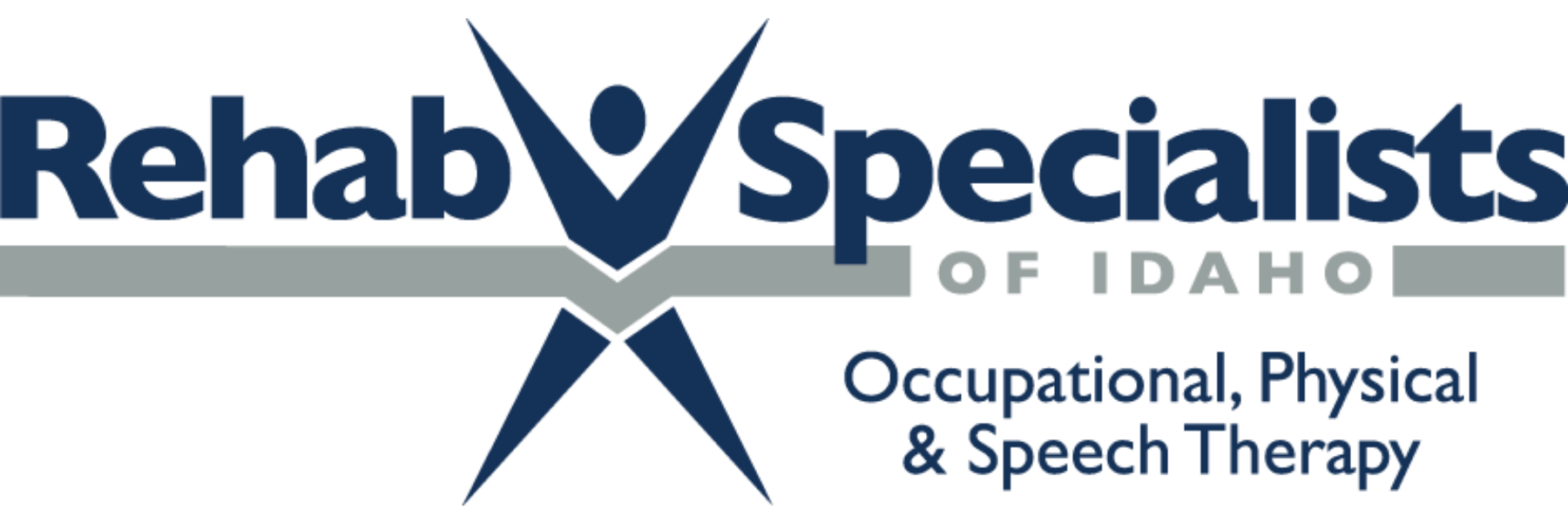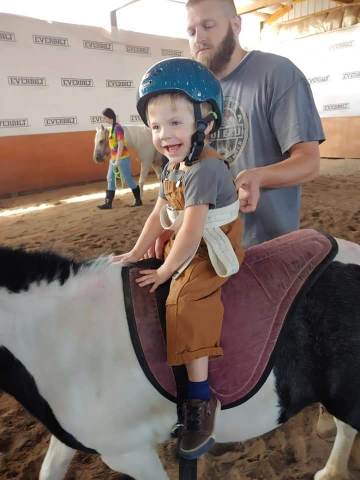The Rehab Specialists of Idaho Summer Horse Program is winding down it’s 10th year of providing free (not billed privately or to patient insurance) horse therapy for current pediatric patients of RSI who have good attendance records. This year nearly 50 children participated in the not-for-profit program by coming once a week to spend 30 minutes riding horses.
“What we are doing is we are using the horse as a therapeutic tool to benefit the kiddos in the session. We’re trying to get kiddos out of the typical clinic setting and give them something new, exciting and motivating,” said Rebecca Anderson, an RSI Occupational Therapist, and the supervisor over the program.
Research shows that the benefits of horse therapy are unparalleled and very diverse, explained Anderson, “We have kiddos who we use the horse for core strengthening and balance. A horse’s walk is the most similar replication to the human walk that exists. Historically, researchers have tried to replicate it with machinery and they can’t do it as well as they can with an actual horse. It gets a good pelvic rhythm and a good rotation of the hips, so we use it for kiddos that don’t have a typical gait pattern or have never experienced a typical gait pattern. This helps them feel what that walking movement feels like and helps loosen up any tightness, joint pains and problems that they may have.”
Anderson said that the horses can also be used to help kids that have sensory processing issues, “We use horses for proprioceptive input; we’ll do walking and sometimes we’ll do trotting to get some really intense sensory input. There is also a lot of tactical practice with the horses. Many of our kids are resistant to touching different surfaces, so we work on touching the horses–we’ll even color the horses with chalk so that they are getting that tactile input on their hands.”
Pediatric patients riding the horses have 3-4 adults with them at all times on the horse: the RSI therapist, a horse handler, and 1-2 ‘sidewalkers’ (depending on need) to ensure the children are as safe as possible. Riders are also required to wear helmets and a gait belt at all times.
“It’s a lot of work for the kids. People look at it and they think all they are doing is walking in circles on a horse but when you take these kids who are weak in the core or have low muscle tone it is an enormous workout to be on these horses,” said Anderson.
Parents of the riders report that children participating sleep better than usual when they are participating and also notice their kids making huge progress in their mobility. Anderson explains that this is due to the kids getting the sensory and motor feedback that their body needs so they aren’t craving it at the end of the day, and loosening up some of the tightness in their lower extremities.
For more information about the Rehab Specialists of Idaho Summer Horse Program, or to find out how to participate in the future, give us a call at 208-359-9570.



